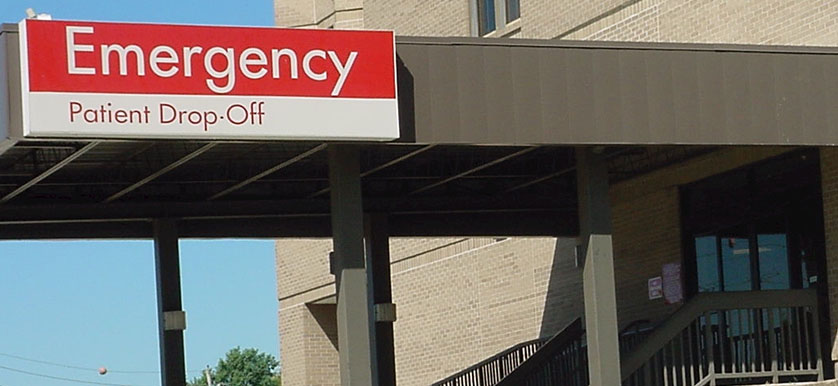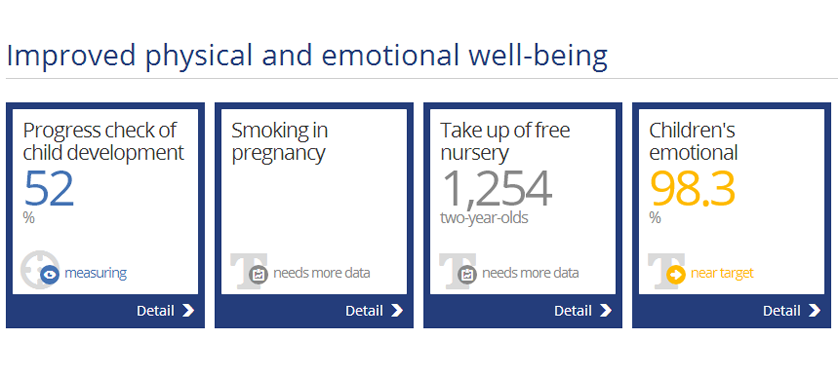Queues grow and performance plummets as the UK Accident & Emergency units face a new crisis

The UK Accident & Emergency (A&E) units are currently facing a major crisis, with the patients queuing in ambulances for hours, as the service is clearly over-capacity. How has the emergency system met its target of attending patients, given the strain it has been under recently?




